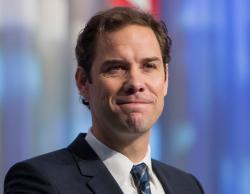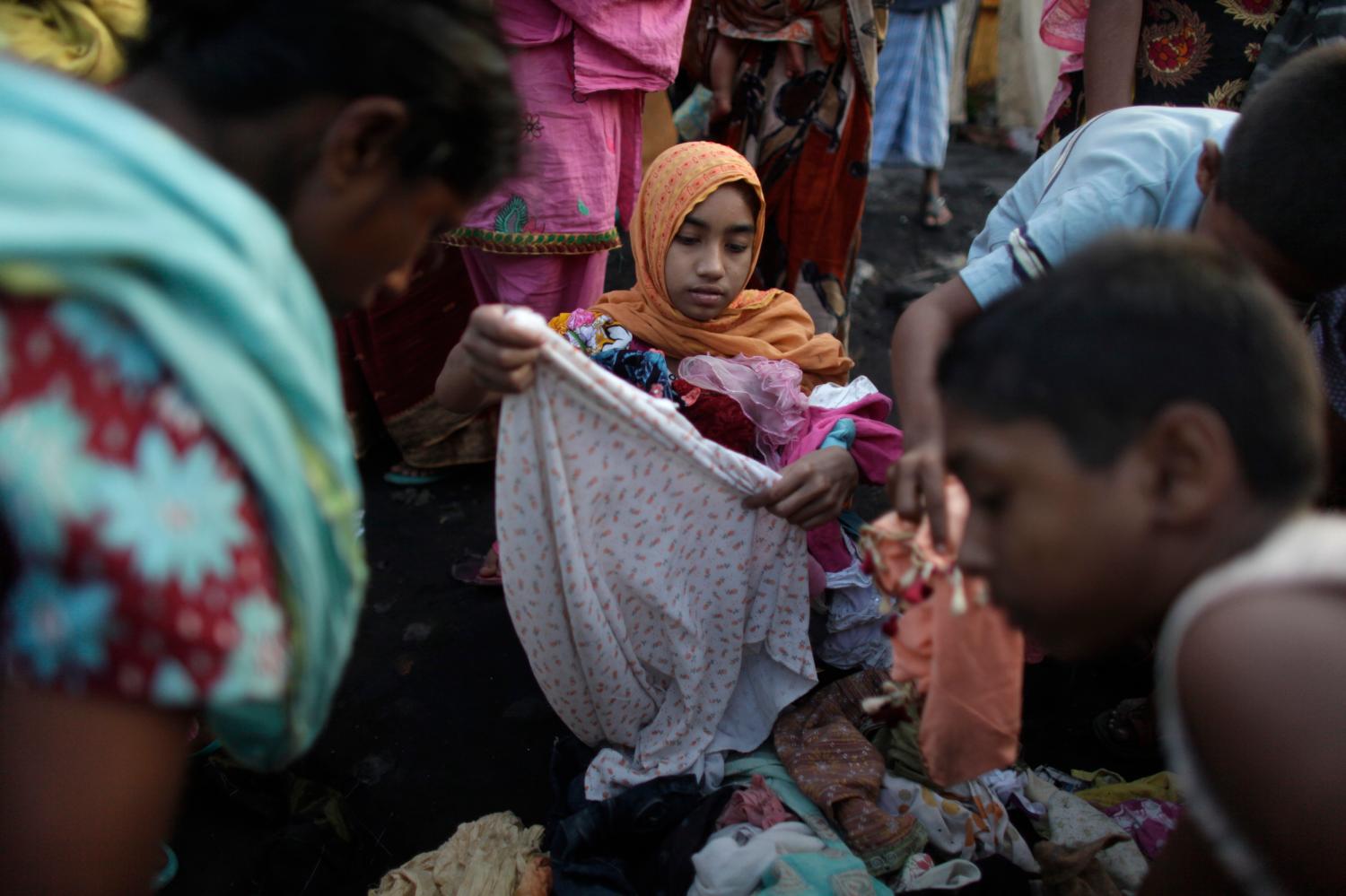INTRODUCTION
Among the world’s developing regions, Asia has undoubtedly seen the most dramatic overall transformation since 2000. Fifteen years ago, just before the dawn of the new millennium, the region was struck by a profound macroeconomic crisis, plunging several economies into recession and highlighting a sense of fragility in the long-term stability of many countries’ policy strategies. Yet in the intervening period, the region has enjoyed widespread economic growth, lifting hundreds of millions of people out of poverty. The progress has extended well beyond measures of growth and income poverty. Assessed against the Millennium Development Goal (MDG) targets, Asia’s success in areas like health, education, and access to drinking water all stand out globally. At the same time, Asia’s progress is far from complete. It still has huge poverty challenges and its environmental challenges are growing rapidly.
Asia’s remarkable development trajectory has many important implications for global partnership strategies moving forward. The MDG targets became the central reference point for development collaboration following their establishment at the Millennium Summit in September 2000. Their success lies partly in their integrated articulation of extreme poverty as a multidimensional agenda spanning issues of income, hunger, education, health, gender equality, and environmental sustainability. It also lies partly in their clear and quantified nature, which has helped to stimulate progress across many issues and geographies where it was lagging. At the same time, the MDGs have been far from a panacea for the world’s evolving sustainable development challenges, spanning economic, social and environmental tensions. Indeed the MDGs have been least effective in promoting progress on the environment, as evidenced by many trends in Asia.
The final MDG deadline will be at the end of 2015, and much work remains to be done before then. Nonetheless, international deliberations are actively underway regarding the vision and goals for a post-2015 global development framework. At a time of significant change in the global economy and in the nature of the world’s sustainable development challenges, a large and growing number of stakeholders are already engaged. The United Nations (UN) system has made significant efforts to consolidate the perspectives of its own staff (e.g., UN 2012) and to consult with stakeholders around the world. The Secretary-General has launched an eminent High-Level Panel of experts to provide recommendations on related issues, and the General Assembly has committed to launch its own expert group. Meanwhile a variety of regional bodies, nongovernmental organizations, think tanks, and individual experts have also presented an array of views regarding recommended priorities for the next generation of goals.
Amidst the emerging debates, there has been significant emphasis on which specific goals should be included in the post-2015 framework. For example, many analysts are focused on which of the MDG goals should be kept, which should be dropped, and what new goals should be added. Such discussions lend themselves to complexity and are inherently zero-sum in their structure. Ultimately, they amount to competition for limited space on a single political agenda amidst a legitimately growing number of influential stakeholder voices around the world, both inside and outside of governments.
This paper takes a different approach. Rather than focusing on the intricacies of which specific goals might be added, kept, or dropped, we focus on the three basic types of goals that need to be addressed in a post-2015 framework. We call this the “ZEN” approach, with each letter of the acronym reflecting a central component, or goal, of sustainable development: achieving “zero” extreme poverty in its many forms (Z), tackling country-specific “Epsilon” socioeconomic challenges beyond extreme poverty (E), and addressing the environmental imperatives that underpin long term development (N).
Building on this ZEN framework, the paper considers global design and implementation issues for E and N goals in particular. It describes different underlying challenges inherent in various types of goals, and suggests an approach to tackling them, anchored in common indicators, voluntary targets, coordinated monitoring and reporting, and peer review. These suggestions are presented with an eye to the diversity of challenges across Asia, including fast growing economies that still face deep poverty alongside growing environmental challenges, in addition to a range of circumstances faced by the many slower growth economies, fragile states, challenged island economies, and landlocked countries. As an overarching caveat, we note that the conceptual and practical ideas in this paper are only intended to inform deliberations on potential directions for post-2015. The paper’s proposals offer broad strokes in direction, and would certainly benefit from improvement and refinement through active discussion and debate.
The paper proceeds in six sections. Following this introduction, the second section provides context by describing Asia’s progress on the MDGs, in addition to the region’s emerging challenges. Section III briefly describes broader lessons from the MDG experience. Section IV begins the heart of the paper’s contributions, introducing the ZEN conceptual approach to post-2015. Section V then outlines some key issues for implementation, with particular emphasis on mechanisms for pursuing voluntary country-level targets that aim above the thresholds of extreme poverty. A final section concludes.





